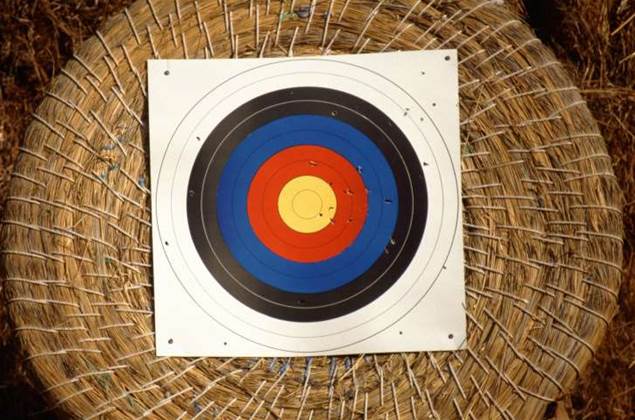Scientists have developed statistical surveillance algorithms to track more objects using a tenth the computing power of current methods.

Built for Australian defence applications by University of Western Australia (UWA) researchers, the algorithms used random set theory to model multiple targets.
This allowed surveillance systems to operate without performing "data association", which involved intensive calculations for translating sensor measurements into specific targets.
"Current tracking systems require performing 'data association' to identify which target generates which measurement," explained Ba-Ngu Vo, who led the research team.
"As the number of targets increases, memory requirements and the number of computations increase exponentially ... [resulting] in a bottleneck in traditional tracking algorithms."
Using the UWA algorithms, Vo said commercial, off-the-shelf laptops could replace custom-built "supercomputers" with more than ten times their processing power in submarines.
The technology could also improve civilian systems like traffic management, sports analysis, crowd monitoring and biomedical research.
It was trialled by the German defence forces, British Petroleum, and in a satellite orbit monitoring prototype by Lockheed Martin, and could track 1,000 objects accurately, Vo said.
"The algorithms can make errors," he said. "But the more data we have, the more accurate it will be."
Vo said the researchers had approached the project from a purely academic perspective, and did not intend to commercialise their work.
The project was this week awarded the $10,000, 2010 Eureka Prize for "Outstanding Science in support of Defence or National Security" from the Defence Science and Technology Organisation (DSTO).
Vo credited Lockheed Martin engineer Ronald Marler for pioneering the statistical approach to multi-object tracking. Similar research efforts were also underway at Cambridge University and Heriot-Watt University in the UK.
The UWA team planned to further optimise their algorithms to handle up to 10,000 objects in defence applications - although the outcome would likely depend on funding, Vo said.
"Australia has a small population to defend an entire continent and its surrounding oceans. Thus, top-level surveillance [is] a high priority for the Australian Defence Force," he said.
"We want to develop a 'super tracker' purely for defence applications," he said.




.png&h=140&w=231&c=1&s=0)




.png&w=100&c=1&s=0)

 iTnews Benchmark Security Awards 2025
iTnews Benchmark Security Awards 2025
 Digital Leadership Day Federal
Digital Leadership Day Federal
 Government Cyber Security Showcase Federal
Government Cyber Security Showcase Federal
 Government Innovation Showcase Federal
Government Innovation Showcase Federal
 Digital NSW 2025 Showcase
Digital NSW 2025 Showcase










_(1).jpg&h=140&w=231&c=1&s=0)



